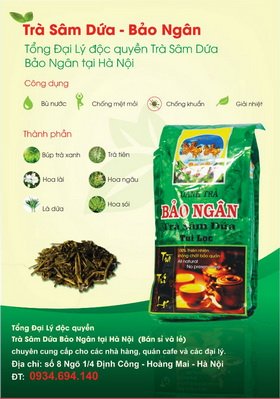giúp mình dịch đoạn này với The soil is extracted with a normal ammonium acetate, atljusted to pH = 4.8. Extractable AI in the extract is treated with colour developing aluminon reagent (dilute solution of aurine tri-carboxylic acid) in presence of thioglycollic acid to eliminate the interference of Fe. The intensity of the coloured complex, formed a high temperature is measured colorimetrically at a wavelength of 535 nm. The estimation of extractable acidity or more precisely, extractable AI... giúp mình dịch đoạn này với The soil is extracted with a normal ammonium acetate, atljusted to pH = 4.8. Extractable AI in the extract is treated with colour developing aluminon reagent (dilute solution of aurine tri-carboxylic acid) in presence of thioglycollic acid to eliminate the interference of Fe. The intensity of the coloured complex, formed a high temperature is measured colorimetrically at a wavelength of 535 nm. The estimation of extractable acidity or more precisely, extractable AI is an useful index of weathering status of soils and minerals. Extractable aluminium includes exchangeable aluminium plus soluble aluminium hydroxide and probably some hydroxy al monomers and polymers which perhaps remain strongly adsorbed in the colloidal complex or trapped between the expansible silicate layers of the clay (non-exchangeable AI).Reagents• Normal ammonium acetate adjusted to pH 8.2 ; Add 58 ml of glacial acetic acid to about 400ml of water in one litre volumetric flask. To it add 70ml of concentrated NH40H through a funnel that extends into the acid and dilute the contents to volume with distilled water. Mix the solution and transfer it to a 2 litre beaker. Adjust thesolution pH at 4.8 with 1(N) CH3COOH (approximately 1litre CH3COOH will be required). Mix the contents and keep the solution into a storage flask.
Xem thêm.


